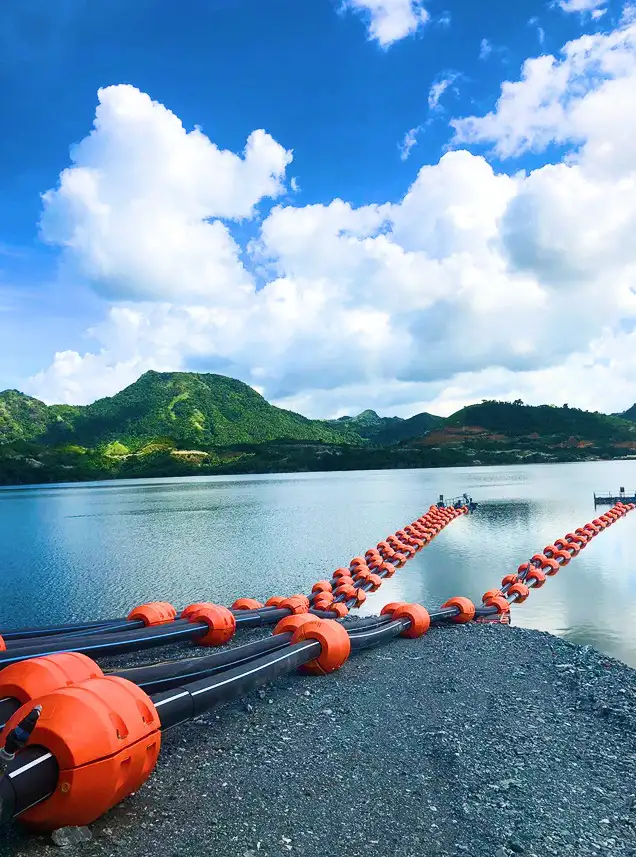
A drainage rubber hose is a flexible tube, typically made from various types of rubber or synthetic rubber compounds, designed to transport liquids, often water, from one point to another. Its primary function is to facilitate the removal of unwanted or excess fluids, preventing accumulation and potential damage.
A drainage rubber hose is a flexible, durable conduit specifically designed to convey unwanted water or other non-pressurized fluids from one location to another. Often considered a simple utility item, it is a critical component in a vast range of residential, commercial, and industrial applications. Its primary function is to provide a reliable and versatile channel for dewatering, discharge, and gravity-fed fluid transfer.
Flexibility: This is a crucial feature, allowing the hose to be routed around obstacles and conform to various terrains.
Durability: Designed to withstand varying pressures, temperatures, and often abrasive materials or chemicals.
Material Composition: Typically made from natural rubber, synthetic rubbers like EPDM (Ethylene Propylene Diene Monomer), PVC (Polyvinyl Chloride), SBR (Styrene Butadiene Rubber), or blends thereof. The choice of material depends on the fluid being transported, temperature resistance, and chemical compatibility requirements.
Reinforcement: Many drainage hoses are reinforced with textile braids (e.g., polyester, cotton) or spiral wires to enhance strength, prevent kinking, and improve burst pressure ratings.
Smooth Bore: Often designed with a smooth inner surface to minimize friction and ensure efficient fluid flow.
While the general purpose is the same, drainage hoses come in several common constructions:
Lay-Flat Discharge Hose: This is one of the most common types. It is built to collapse flat when not in use, making it extremely easy to roll up, transport, and store. It is designed for discharge applications only (where water is being pushed through it).
Corrugated (Helix) Suction Hose: This hose features a rigid plastic or metal helix embedded within the rubber walls. This reinforcement prevents the hose from collapsing under vacuum pressure, making it ideal for the suction side of a pump. It remains round even when empty.
Heavy-Duty Reinforced Hose: For more demanding applications involving higher pressure or abrasive materials (like sand or gravel), these hoses include layers of fabric or textile reinforcement within the rubber walls to provide extra strength and burst resistance.
Selecting the correct drainage hose depends on several factors:
Inner Diameter (ID): Must match the outlet size of your pump or fitting to ensure optimal flow. Common sizes range from 1 inch to 6 inches and beyond.
Suction vs. Discharge: Is the hose pulling water in (suction) or pushing it out (discharge)? Use a corrugated/helix hose for suction and a lay-flat or reinforced hose for discharge.
Length: Measure the distance from the source to a safe discharge point.
Pressure Rating (PSI): For simple gravity drainage, this is not critical. For use with a powerful pump, ensure the hose's pressure rating exceeds the pump's output pressure.
Temperature Range: Consider the ambient temperature and the temperature of the fluid being moved.
The drainage rubber hose is a fundamental tool for effective fluid management. Its unique combination of flexibility, durability, and resilience makes it an indispensable component for everything from keeping a basement dry to enabling large-scale construction projects. By understanding its basic types and characteristics, users can easily select the right hose to manage water reliably and efficiently in any situation.
